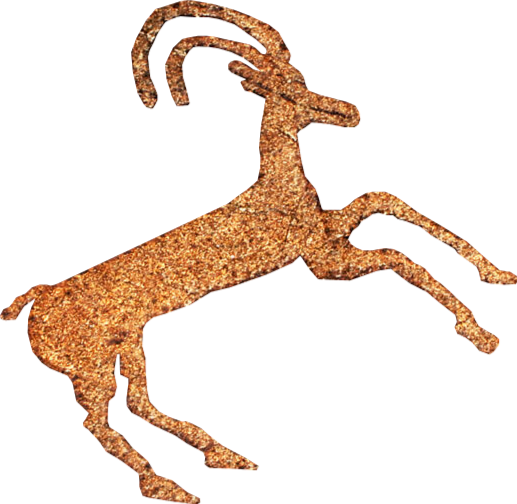The Upper Indus Project
Approach
Since 2017, this project has extended the use of multi-layered 3D Documentation technologies to sites with historically significant concentrations of petroglyphs and inscriptions in Khyber-Pakhtunkhwa (KPK) and Gilgit Baltistan (GB). In the project’s development phase, methods were tested and refined through field visits to Shatial in collaboration with the Directorate of Archaeology and Museums for Khyber-Pakhtunkhwa (DOAM-KP) and Hunza-Haldeikish and Alam Bridge near the confluence of the Upper Indus and Gilgit Rivers in GB. Under the authority of a No Objection Clearance granted by the GB Secretariat of Tourism to LUMS, the project team has focused its work in Chilas-Diamer District from 2021 (http://heritage360.pk/Diamer/Diamer.html). The research team applies techniques of depth imaging via Terrestrial Laser Scanning (TLS), 3D photogrammetry, and panoramic virtual-tours using cameras outfitted with fisheye lenses to collect and process image data in the flood zones of Diamer-Bhasha dam.
Our objectives are to:
1. Extend digital survey activities upriver to previously undocumented areas
2. Extend digital survey activities upriver to previously undocumented areas
3. Apply advances in digital imaging and 3-D modeling to meet the urgent demand for cultural heritage preservation and enhance accessibility of research
4. Transform research knowledge through engagement with local communities
5. Provide resources for interpreting rock art and epigraphical data to understand exchanges between communities of local inhabitants and visitors in the Upper Indus and neighbouring regions
Results
Since 2021 the project team has collected and processed image data from more than 30 research field visits to over sites located in the future flood basin of the reservoir of Diamer-Basha Dam in Chilas-Diamer district of Gilgit-Baltistan in northern Pakistan. The work has been concentrated in zones 2-8, with digital surveys of sites located in zones 1 and 9-10 still to be initiated. Selective results from panoramic virtual tours and videos generated from Terrestrial Laser Scanning using Reality Capture software are available at heritage 360.pk for sites at Shatial, Alam Bridge, Haldeikish, and Chilas sites in Diamer. Over 3000 3D photogrammetry models of individual rocks have been posted to an openly accessible Sketchfab website.
A pool of project images hosted on Heidelberg University Library’s HeidICON platform includes metadata for linking 3D models, ‘raw’ 2D digital images, and IIIF-enabled photos curated for annotation to previous publications in German-language catalogues in the series for Materialien zur Archäologie der Nordgebiete Pakistans.
With support from a Mitacs Globalink Research Award, Ani Danielyan and Jason Neelis developed vocabularies for annotating Upper Indus petroglyphs and rock inscriptions in 2023. The terms in these vocabularies are the tags for annotating IIIF images of rock art and inscriptions through the Glycerine platform built in partnership between Australian Research Data Commons and Systemik Solutions. Presently annotations of Gichi Nala petroglyphs by Ani Danielyan and inscriptions by Jason Neelis are available by searching sites and the Catalogue.
A Heurist database built by Systemik Solutions for this project delivers results from faceted searches, which can be filtered for viewing by tags of annotated images and an interactive TLC map with geolocations of individual rocks with petroglyphs and inscriptions.
